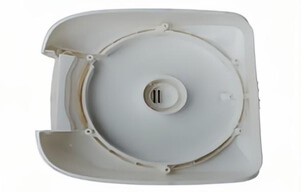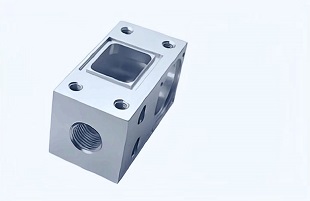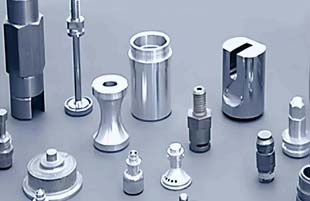Rapid prototyping is typically used in the early stages of product development when designers need to quickly create physical prototypes of their designs to test and refine their concepts. Here are some situations when rapid prototyping is particularly useful:
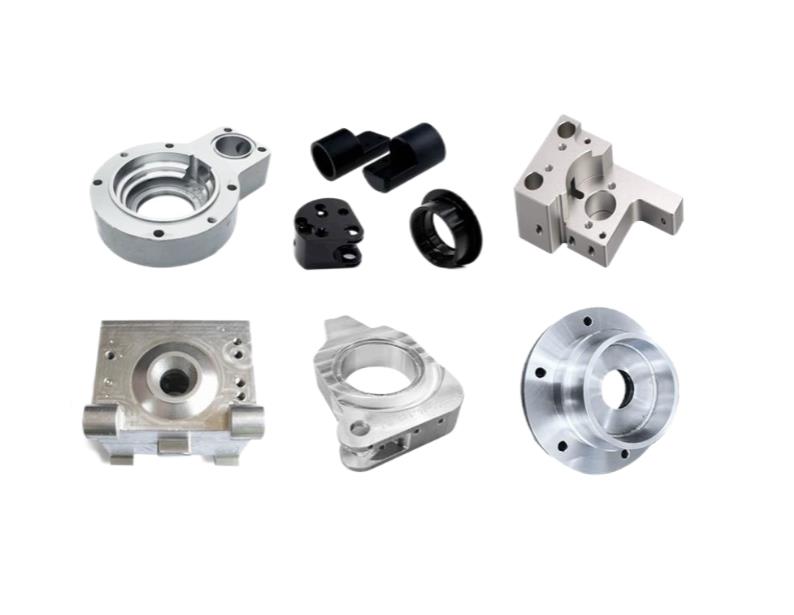
Concept validation: Rapid prototyping can be used to create physical models of a design concept to validate its feasibility and functionality before investing in full-scale manufacturing.
Design iteration: Rapid prototyping can allow designers to quickly iterate and refine their designs based on feedback from stakeholders, improving the design's quality and reducing development time.
User testing: Rapid prototyping can be used to create physical prototypes of a product or part to test with end-users, gathering feedback and identifying opportunities for improvement.
Manufacturing optimization: Rapid prototyping can help identify potential manufacturing issues early in the design process, allowing designers to optimize the design for production and reduce manufacturing costs.
Marketing and sales: Rapid prototyping can create physical models of a product or part to showcase to potential investors, partners, or customers, demonstrating its potential and generating interest.
In summary, rapid prototyping is useful in a wide range of situations where designers need to quickly create physical prototypes to test and refine their designs. Whether validating concepts, iterating designs, testing with users, optimizing for manufacturing, or marketing a product, rapid prototyping can accelerate development, reduce costs, and improve overall product quality.

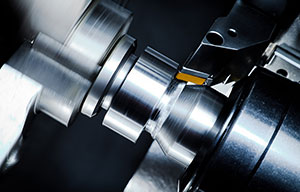
 EN
EN
 jp
jp  ko
ko  fr
fr  de
de  es
es  it
it  pt
pt  tr
tr  ar
ar  iw
iw 
